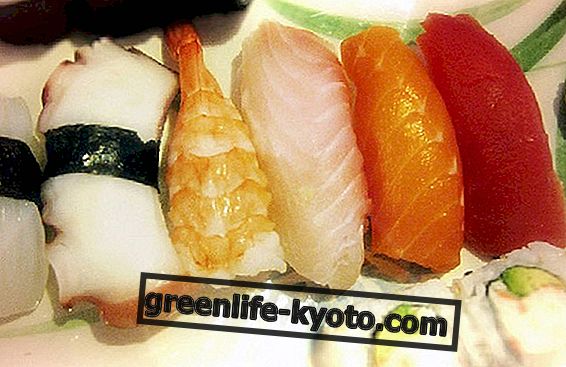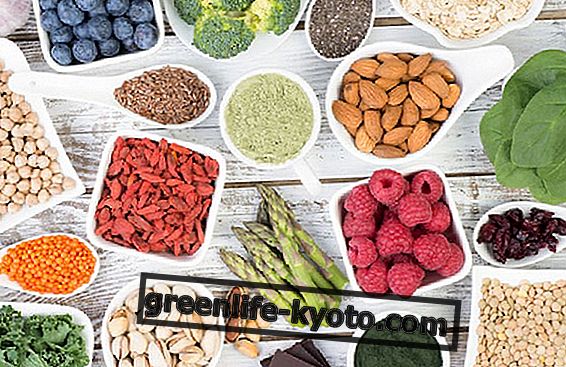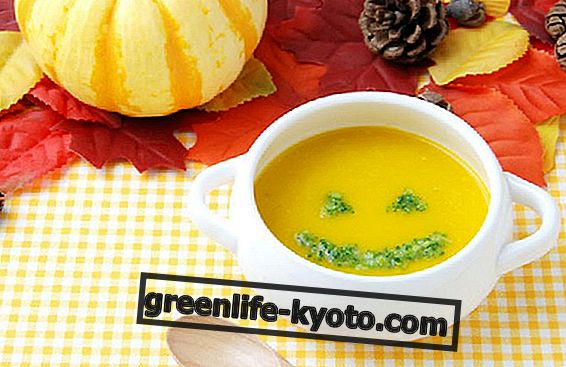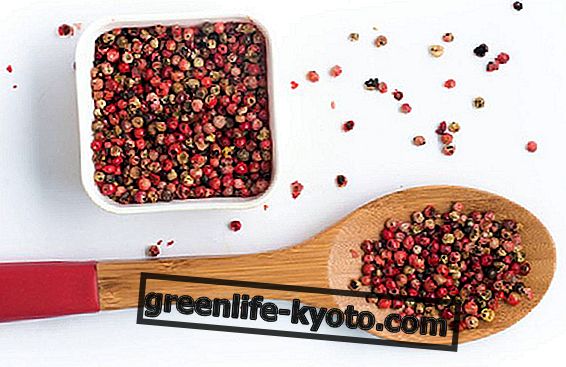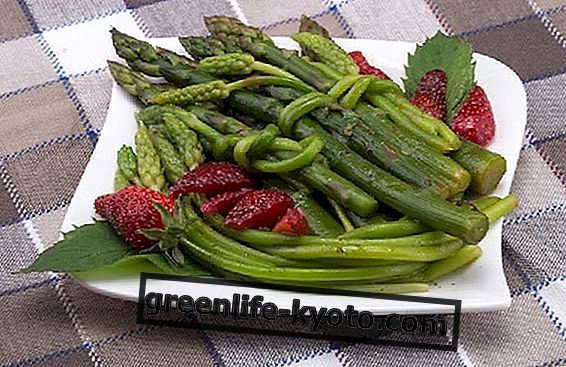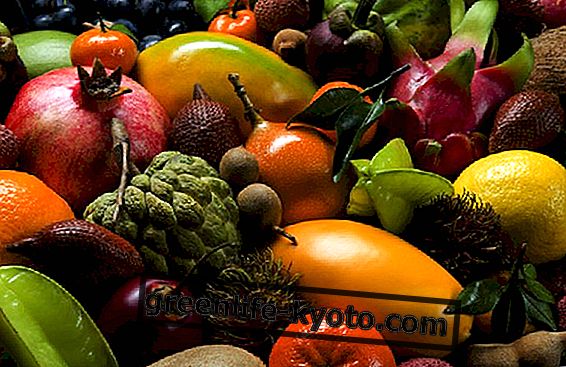
In recent years in Italy many farmers, especially from the South, have begun to experiment with the cultivation of tropical and exotic fruit trees .
First of all, Sicily is having excellent productions and has developed a market both locally and throughout Italy for these exotic but cultivated local fruits.
The satisfactions are many and moreover the prices of the fruits sold to the final consumer are smaller of over 50% in comparison to the exotic fruit imported from the foreign country.
Indicatively we speak of a cost per kg from 2 to 6 euros when we know well that these tropical fruits are much more expensive if we want to buy them.
The tropical fruits that grow in Italy are many and among the most successful there are some varieties of avocado such as Bacon and Hass especially in Sicily where the plants produce up to 180 kg per plant.
In addition, there are papaya and annona cherimoia productions that produce over 50 kg per tree, making very large fruits such as papaya or apples as large and with a sweet and fragrant taste as in the case of the annona.
Some producers have started with the cultivation of plants such as fejoa, maracuja or passion fruit, pineapple, banana, mango, carambola, guava and smaller plants like sweet pipino and tomarillo but still exotic.
Let's get to know some of these exotic fruits that also grow in Italy.
Also read Exotic recipes with avocado >>
Large tropical tree: Avocado
The avocado is a fruit originating in Guatemala and Mexico with a peripheral shape, a leathery but thin peel with a usually bright green color that becomes darker when ripe and even to have a reddish color in some varieties.
Its flesh is light green almost white and when it is edible it becomes creamy and buttery . In fact this fruit contains a lot of fat but these lipids are excellent and do not lead to gaining weight.
Indeed the part of polyunsaturated fats like omega 3 helps to lower cholesterol levels by lowering the risk of heart disease. Furthermore, the avocado is rich in antioxidants such as vitamin A and E that help fight free radicals, thus slowing down cellular aging processes.
The cultivation of the avocado is similar to other fruit plants in fact usually saplings are bought already grafted of the avocado variety that you want to obtain and then planted in the open field.
The avocado obviously loves an exposition in full sun, with intense light and shelter instead from drafts, above all cold. Temperature is a limiting factor but it can grow if you don't go below zero degrees in winter.
It is advised to grow more avocado trees nearby to help cross-pollination and thus have a better chance of obtaining a good harvest.
In Italy there are already numerous producers who have chosen a cultivation under the organic farming regime and who mainly sell these avocados through buying groups (GAS) or in local markets.
Fast growing tree: Papaya
Papaya is certainly among the most tropical fruits we know along with bananas . The papaya has very large dimensions, a soft and buttery orange-colored pulp with a sweet taste.
Its area of origin is always Brazil and Latin America but it is also cultivated in Asia, India and today also in the Mediterranean. The development of the plant is very rapid and its vegetative cycle is very short around 2 years.
So the papayas are harvested just one year after planting the sapling and then continue to grow new seedlings every year. The papaya plant obviously loves the sun and areas with intense light.
Windy places should be avoided and water stagnation should be avoided . Cultivation in Italy is still experimental but already some farms are starting to get satisfaction with the production of local papayas. Papaya consumption is indicated because this fruit is rich in many vitamins and in particular contains good amounts of vitamin C in addition to mineral salts and fibers.
The presence of water is very high and also contains many carotenoids and flavonoids. Its beneficial properties for the body are innumerable, including being an excellent natural anti-inflammatory and a natural antibiotic if drunk its juice associated with honey.
The papaya also helps to regularize the menstrual cycle of women as it produces estrogen thus promoting blood flow.
Even the black and round seeds of the papaya are excellent for many gastrointestinal problems having an antimicrobial action and helping the healing of any ulcers or internal micro-laryngeal mucosa.
Evergreen shrub: Feijoa
The feijoa is an evergreen shrub that comes from the highlands of Uruguay and South America between Brazil, Colombia and Argentina. Its scientific name is Acca sellowiana of the mirtaceae family and has found an excellent acclimatization along the coasts of the Mediterranean and in particular in Liguria and Tuscany.
Usually this shrub is used to make hedges and then it is cut and kept pruned without reaching the production of fruits that are edible and also very tasty. Its taste is very interesting and we can describe it as a mix between strawberry and pineapple.
It contains a lot of vitamin C, folic acid and is an excellent source of fiber and omega 3 that will benefit our cardiovascular system.
Its cultivation is better when the soil is rich in humus, well ventilated and slightly acidic. It does not like temperatures below 7 degrees, cold winds and stagnant water are also to be avoided.
As for the flowering towards the month of May the flowers begin to bloom and then finish with the production of small fruits from October until the end of November.
One hectare of orchard is harvested up to 100 tons per year . These fruits are sold either fresh to eat naturally or in fruit salads or with yogurt either they are processed into jams, jellies, juices and ice cream or canned in cans and jars with long shelf life.
Climbing: Passion fruit
This fruit is also known as granadilla, maracuja or passion fruit depending on the country of origin between Brazil, Peru, South Africa, India, Australia, Hawaii and Sri Lanka.
The maracuja plant is a climber that produces roundish fruit similar to eggs with a smooth skin varying between green, red, yellow and purple depending on the variety of passion fruit.
The edible part is the transparent and gelatinous pulp which contains numerous small seeds that break easily during chewing.
Its taste is sweet and slightly acidic thanks to the conspicuous presence of vitamin C. Furthermore, the passion fruit contains carotenoids and other substances with antioxidant and anti-inflammatory properties.
Its pulp helps digestion and promotes bowel regularity. It is also excellent for reducing water retention and for purifying the body. Its fruit is used fresh eating it with a spoon or it is possible to make alcoholic or non-alcoholic drinks .
It is even included in some fish-based recipes since it goes well with these marked flavors.
Its cultivation requires a lot of water and obviously loves warm and sunny areas. A part of a south-facing wall is the best location to climb this plant. The soil is preferable both rich in humus and well drained because it must still avoid water stagnation.
It does not like windy areas and suffers from climates that have winter temperatures that drop below 7 degrees. Passion fruit is often used to make green covers along fences and people often do not know that the fruits of this plant are edible.
There are many varieties in the family of this plant and many are indeed edible and with a really interesting taste.
In conclusion, the Southern Italian agricultural companies have successfully started the cultivation of many of these plants and the products in addition to being km0 with an extraordinary reduction in pollution due to transport are also products at lower cost and with an exquisite taste.
Another important fact concerns the choice of many of these farmers who have decided to respect nature and produce exotic fruit in Italy under the regime of organic and biodynamic agriculture with a greater guarantee for the health of the environment, of man and for a better quality .
Read also Cocco, properties, nutritional values and calories >>




